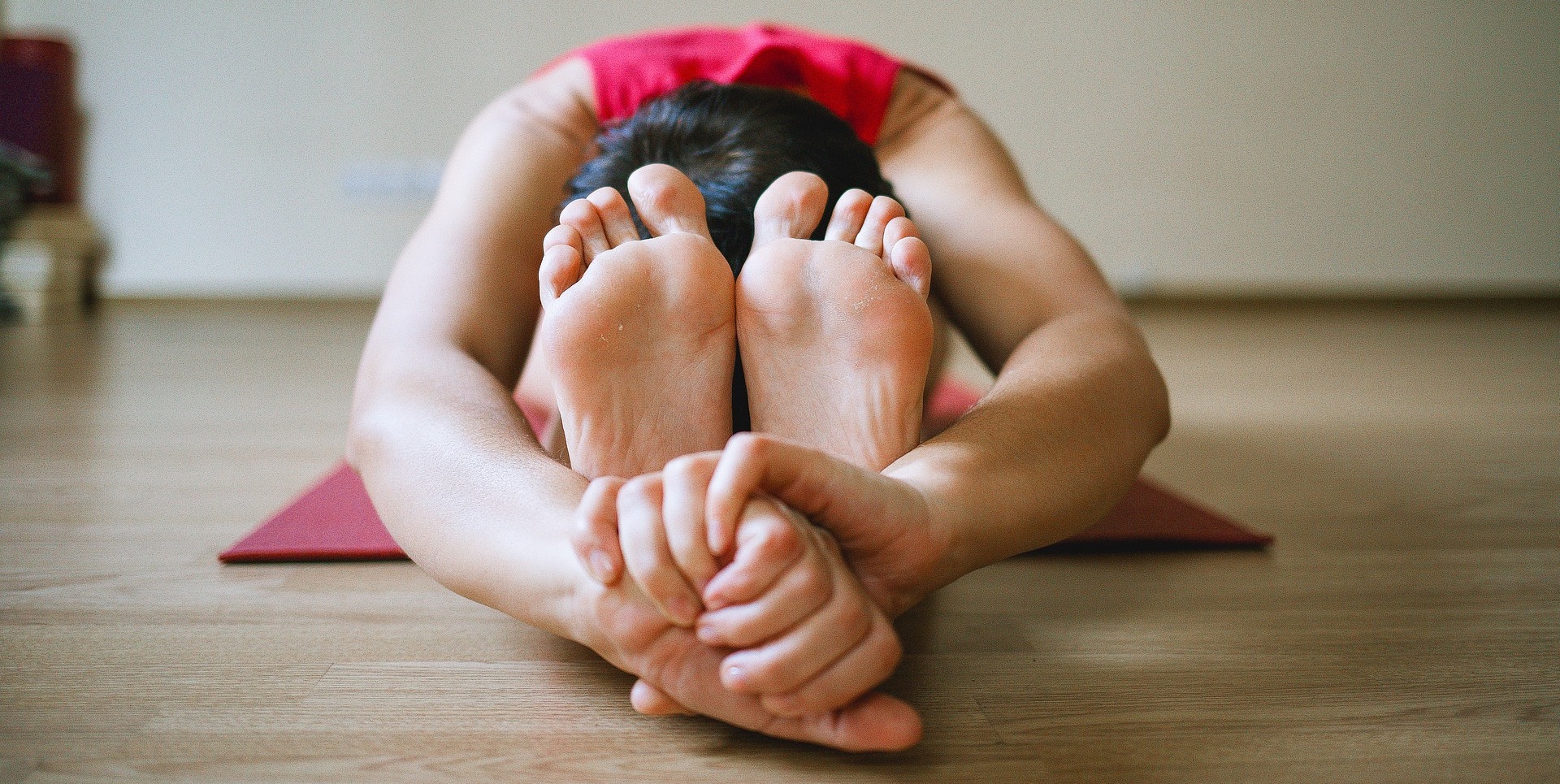Hip flexibility and strength play an extremely important role in an individual’s mobility to live everyday life and as an athlete. Overcoming hip tightness can lead to less pain, increase your range of motion and improve your coordination.
Beyond athletic activities, issues in your hips can negatively impact your daily life. Issues that may alert you to hip weakness are pain, decreased mobility for activities such as stooping or squatting, and simple actions such as hopping over a puddle.
Most Common Hip Complaints and Causes
The primary pain complaints regarding the hip are muscle strains (in hamstrings or hip adductors and flexors) due to exertion that exceeds what an individual is used to. The true basis of the cause of hip pain is poor patterns of movement that result in a deficit in strength, flexibility, and coordination. Tightness is usually the non-painful complaint regarding hips. Sitting, long periods of time in a hip flexed position, contributes to loss of natural hip flexibility. This starts in our youth.
Decreased strength is a concern as well. As we tend to live sedentary lives, the large and small muscles of the hips; when not used, will become weak. The preponderance of hamstring and groin strains that the weekend athlete (including golfers and gardeners alike) suffers are a testament to the under conditioned nature of our hips.
It would be an oversimplification to try and identify hip muscles as weak and tight. Although, in relation to Muscle Activation Technique; tightness is an indication of weakness. Muscles tighten as a mechanism of protection against injury as joints become unstable. As an axis of range of motion is reduced, the axis becomes stabilized as ability for movement is impeded. Tight hamstrings can be an indicator of weak psoas (hip flexor), Glutes (extensor) and possibly weak quadriceps. Also, tightness in the lower back is usually a symptom of hip weakness.
Addressing Hip Weakness
A thoughtful approach to addressing the tightness and weakness in hips is stepwise:
- Inhibition of the tight muscle with Self Myofacial Release
- Lengthening of the muscles via stretching
- Activation of the muscle with MAT or isometric exercises
- Strengthening the weak muscles
Increasing hip strength, and thus enhancing mobility and flexibility, should be at the top of your list of things to address if you are experiencing tight hamstrings, groin muscles, and lower back pain or tightness. Mind your body.

